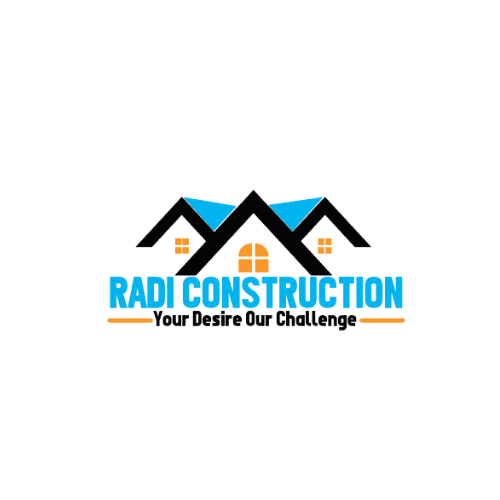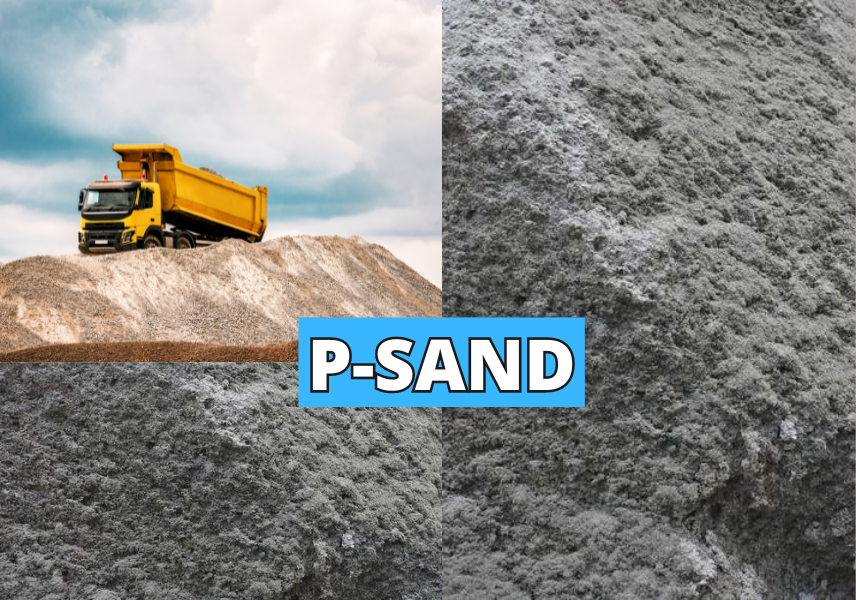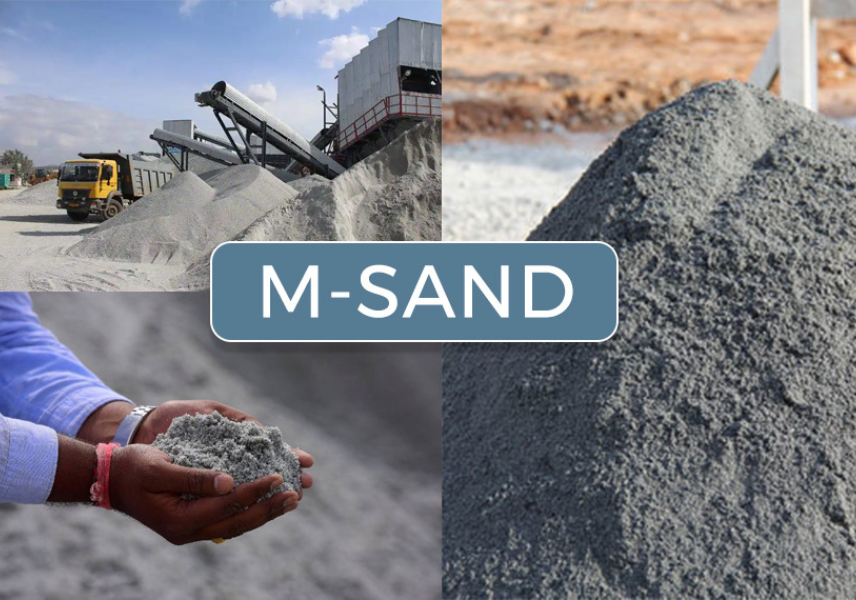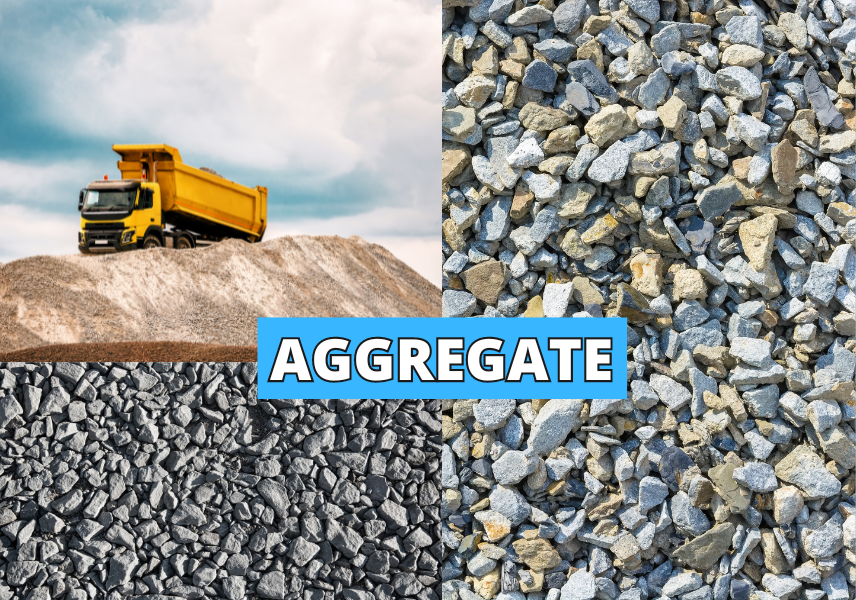P-Sand Price in Bangalore:
P-sand, also known as manufactured sand or crushed sand, has become an essential commodity in the construction industry, especially in urban areas like Bangalore. With the increasing demand for construction materials and the depletion of natural sand resources, P-sand has emerged as a viable and sustainable alternative. Understanding the price dynamics of P-sand in Bangalore is crucial for builders, contractors, and developers. This analysis covers the factors influencing P-Sand Price in Bangalore current market trends, comparisons with natural sand, and the economic and environmental impacts.Factors Influencing P-Sand Prices in Bangalore
1. Production Costs:
Raw Materials: The cost of rocks and quarry stones used to produce P-sand affects the overall price. These costs can vary depending on the quality and availability of raw materials.
Manufacturing Process:The process of crushing, screening, washing, and grading requires significant investment in machinery and technology. Energy costs, maintenance, and labor also contribute to production expenses.
Logistics: Transportation costs from the production site to the point of sale can significantly influence the price, especially in a city like Bangalore with its notorious traffic and logistical challenges.
Construction Boom: Bangalore's rapid urbanization and infrastructure development have led to increased demand for construction materials, including P-sand. High demand can drive prices up. Supply Constraints: Limited availability of production facilities or raw materials can create supply bottlenecks, further escalating prices.
3. Government Policies and Regulations:Environmental Regulations: Stricter environmental norms can impact quarrying activities, affecting the availability and cost of raw materials. Taxes and Levies: Government-imposed taxes, duties, and other levies can add to the overall cost of P-sand.
4. Market Competition:Number of Suppliers: The presence of multiple suppliers can lead to competitive pricing, benefiting consumers. Conversely, a limited number of suppliers might result in higher prices. Quality and Brand Reputation: Higher quality and well-known brands may command a premium price compared to lesser-known or lower-quality alternatives.
Current Market Trends
As of mid-2024, P Sand Price in Bangalore ranges from ₹1,200 to ₹2,000 per ton. This range is influenced by the factors mentioned above, with specific trends observed in the market:
1. Steady Demand:The construction sector in Bangalore continues to thrive, driven by residential, commercial, and infrastructure projects. This steady demand ensures a consistent market for P-sand.
2. Rising Production:With increasing awareness of the benefits of P-sand and advancements in manufacturing technology, more players are entering the market, potentially stabilizing prices in the long term.
3. Sustainable Practices: There is a growing preference for sustainable building materials, with P-sand being a key component due to its environmental benefits over natural sand.
P-sand represents a sustainable and economically viable alternative to natural sand in Bangalore's bustling construction sector. Understanding the factors influencing its price, current market trends, and its advantages over natural sand can help stakeholders make informed decisions. As the city continues to grow, P-sand will play a crucial role in supporting sustainable development while preserving natural resources for future generations.
- Space Planning: Effective use of space, ensuring optimal functionality and flow.Layout and Traffic Flow: Consideration of how people move through the space, avoiding congestion.
- Scale and Proportion: Ensuring that furniture and decor are appropriately sized for the space.Color Scheme: Selection of colors to create the desired atmosphere and mood.
- Lighting Design: Incorporating various light sources for both practical and aesthetic purposes.Texture and Materials: Using different textures and materials to add depth and interest to the space.
- Furniture Selection: Choosing furniture that complements the design and serves its intended purpose.Personalization: Tailoring the design to the client's preferences and needs.



